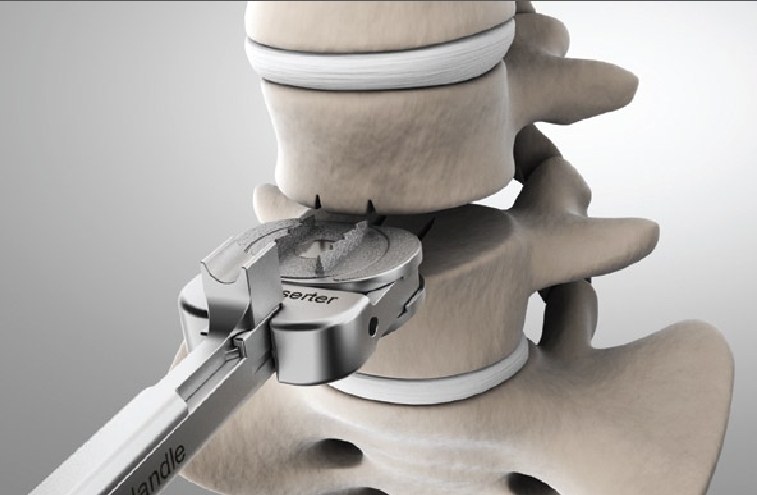Back pain is a common clinical manifestation of several medical conditions. Severe pain can impair your routine activities due to restricted mobility. If nonsurgical, conservative methods do not ease your pain and discomfort, you may be recommended for surgical intervention.
Total disc replacement Glendale procedure is performed by board-certified healthcare specialists. The surgery is provided if you suffer from treatment-resistant herniated discs in your neck or lower back.
An introduction to total disc replacement
A total disc replacement is a surgical procedure that involves the removal of the worn-out or damaged disc from your spine. This is later replaced with an artificial prosthesis.
Your spine comprises columns or stacks of bones, known as vertebrae, that form your spinal column. Discs are present in between the vertebra that act as protective cushions that aid in shock absorption, thus stabilizing your spinal column.
The standard treatment to treat disc problems is spinal fusion, which involves removing the affected disc and fusing the vertebrae together. However, the most significant disadvantage of this procedure is reduced flexibility. Total disc replacement helps to closely match your natural spinal movement since the flexibility of the spine is retained.
There are two types of disc replacement procedures, namely:
- Cervical (neck) disc replacement
- Lumbar (lower back) disc replacement
Indications of total disc replacement
A total disc replacement is often indicated for neck and back pain. There could be several causes for it, such as:
- Aging
- Degenerative conditions like arthritis
- Herniated discs
- Spinal stenosis
- Trauma or accident
- Spinal nerve compression
- Congenital deformities like scoliosis
Your healthcare professional may also recommend disc replacement when other conservative methods like rest, hot and cold compression, medications, physical therapy, and steroid injections fail to provide relief.
The procedure behind total disc replacement
A total disc replacement is a surgical removal of the entire damaged disc, performed under general anesthesia. Surgeons often opt for the MISS technique.
The procedure is as follows:
- Lying on the back your surgeon will access the spine through a small incision in the abdomen.
- The muscles and organs are moved to one side to visualize the spine.
- The damaged disc is removed from the disc space through discectomy.
- Once the disc space is cleared, an artificial disc is implanted.
- Real-time fluoroscopy (a live X-ray) is used during the procedure to ensure proper placement of the device
- Tissues and blood vessels are allowed to return to their normal positions, and the wound is closed in several layers using sutures.
Recovery may take around 4 to 6 weeks. Your doctor will provide all the necessary instructions to follow for optimal results.


